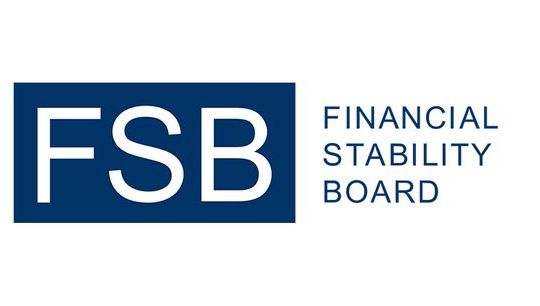Five themes to watch in 2018
By Michelle Noyes, Head of Americas, AIMA
Published: 08 January 2018
Bitcoin, MiFID2, and “1 or 30” were just a few of the most talked about hedge fund topics of 2017. It was a year of industry growth, innovation, solid returns, as well as one of disruption. Investors looked to hedge funds for unconstrained active management and the hedge fund model continued to evolve. As we begin 2018, here are the themes we expect to be talking about over the next 12 months.
The hedge fund industry will grow - again
There will always be differences of opinion over the size of the global hedge fund industry due to variations in product definitions and coverage between index providers. But all the main data companies – HFR, HFI, Preqin, Eurekahedge - agree on one thing: the industry grew in 2017 and has never been larger. The consensus is that the average hedge fund was up about 8%-9% in 2017. That organic growth, coupled with new allocations from all sectors, pushed global AUM well over $3 trillion. The industry generally has grown around 10% a year – from performance gains and/or net inflows -- since the global financial crisis.
By other measures, too, the hedge fund industry expanded. HFR, citing declining costs, improved performance and “exciting strategy expansion,” reported that launches outnumbered liquidations in Q3 2017, the first net growth by that measure since the H2 2015.
With this momentum, we expect 2018 will be another strong year.
Investors want solutions, not products
More and more, investors are seeking “solutions” rather than just buying products. Hedge fund managers are responding with customised offerings. One particular push has been a rise in co-investments, an approach that has been prevalent in private markets for some time. We are also seeing more requests for “best ideas” whereby allocators look to put money into the highest conviction positions and aggregate those across the managers with which they have relationships. These customised mandates come with new and differentiated fee structures.
Customisation is also taking the form of catering to the ESG needs of allocators and their beneficiaries. We expect such activity to grow in 2018.
Innovation will be key
The battle between active and passive management will become more complex in this new year. Animated by institutions’ sensitivities to active management fees, allocators are increasingly looking to only pay premium prices for true alpha. In 2018, the distillation of return streams into cheap beta (achieved via low-cost index funds), alternative beta (more complex than pure beta but can be achieved by systematic strategies), and true alpha will accelerate. Managers who understand the factors that drive their returns are well equipped to have these discussions with the large institutions that are spending more time scrutinising. There will also be many more products in the “alternative risk premia” space.
Alternative asset managers will also begin to acknowledge that crypto-assets and blockchain technologies are not passing fads but will have long-term impacts on the industry. At the same time, in an era of rising fee pressures, the complexities introduced by customisation and new asset classes, investment managers will seek new sources of operating efficiencies in 2018 through technology, outsourcing or other means.
Private credit will evolve further
As investors continue to look for yield in the current low interest rate environment, allocations to private credit will grow. According to research published by AIMA’s Alternative Credit Council (ACC) in 2017, the industry, currently at $600bn AUM, is on track to crack the $1 trillion threshold by 2020.
The US will remain the dominant market in private credit, although Europe and Asia will see a steady uptick in activity, while small- and medium-sized businesses will be the most likely to seek financing from these non-traditional capital sources. As demand grows, expect covenant and coupon terms to continue to shift more favorably towards the borrower (a trend we first identified in our 2017 study). And as the sector becomes more mainstream, AIMA/ACC will produce more due diligence tools and educational materials, including the first standardised DDQ template for these strategies.
EU regulations will impact US firms
European regulatory change will continue to impact US managers. MiFID II, the European Union’s new securities market standards, took effect January 3, 2018 with both direct and indirect impacts for US managers.
Also due to impact US managers in 2018 is the EU’s new data protection regulation, the General Data Protection Regulation (GDPR), which applies to US firms with EU-based staff or clients. Also on watch is the EU’s ongoing review of the AIFMD – the Alternative Investment Fund Managers Directive – the UK’s Senior Managers and Certification Regime (SMCR) and possible amendments to the Short Selling Regulation.
In the US, comprehensive tax reform will of course keep the industry on its toes in 2018, while we will continue to closely monitor proposed amendments to the Dodd-Frank Act.
Conclusion
In short, this thing known as “hedge funds” is ever more difficult to define. There is no longer a single fee model and there is increasing overlap with private markets, passive investing and long-only products. As a result, expect to see more dispersion in the model and more creativity and innovation in 2018.








